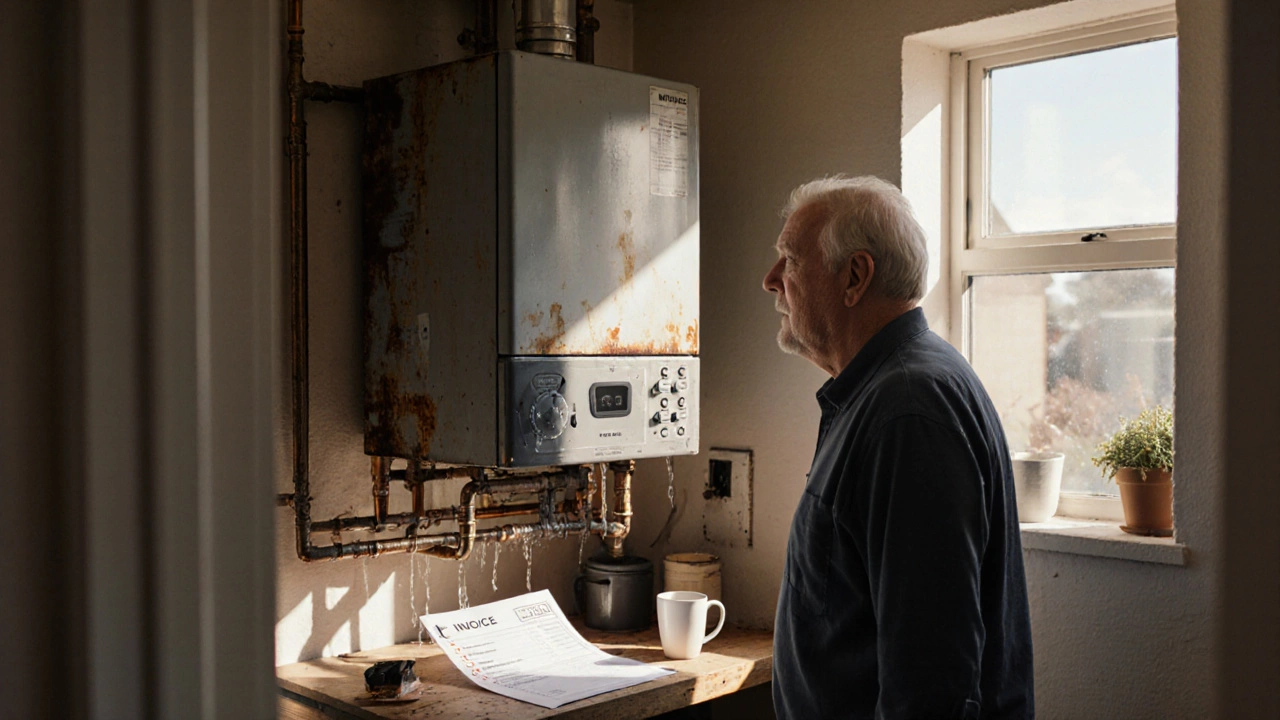When dealing with boiler repair expenses, the total cost of fixing a boiler, covering parts, labour, and any extra fees. Also known as boiler repair costs, these expenses can surprise homeowners if they aren’t prepared. Boiler repair expenses encompass both labour and parts costs, so understanding each piece helps you control the bill.
The first thing to look at is the age of the unit. A boiler lifespan, the typical number of years a boiler runs before major wear sets in directly influences how often you’ll need a fix; older models usually need more frequent attention. Then there’s boiler efficiency, how well a boiler converts fuel into heat. High‑efficiency units often have cheaper parts and less complex diagnostics, while low‑efficiency models can drive up labour time. A common price breakdown looks like this: labour makes up roughly 40‑50% of the total, parts range from £50 for a simple thermostat to £500 for a heat exchanger, and service call fees add another £70‑£100. The exact numbers shift with the severity of the fault, but the pattern stays the same—age and efficiency are the main cost drivers.
Beyond age and efficiency, the type of fault matters. A faulty pressure valve usually costs under £150, whereas a cracked boiler shell can push the bill past £1,000. Seasonal demand spikes also affect pricing; many technicians charge a premium during winter when everyone needs heat fast. That’s why scheduling regular maintenance in the off‑peak months can shave a few hundred pounds off unexpected repairs. Keeping an eye on warning signs—like strange noises, water leaks, or inconsistent heating—lets you catch problems early, which often means cheaper fixes.
Finally, you’ll face the classic repair‑or‑replace dilemma. When the total boiler repair expenses approach 50% of a new unit’s price, swapping the system usually makes more sense. A modern replacement brings better efficiency, a fresh warranty, and lower ongoing maintenance costs. The decision hinges on three things: the boiler’s remaining lifespan, the efficiency gap between old and new, and the projected repair cost trend. If you’re leaning toward replacement, look for a model that matches your home’s heating demand and has a reputable service network. In the next section, you’ll see how to weigh these variables and plan a budget‑friendly heating solution.
Posted by
Orin Trask
0 Comments

Learn why replacing a boiler is pricey, break down each cost factor, and discover practical tips to keep expenses in check.
read more